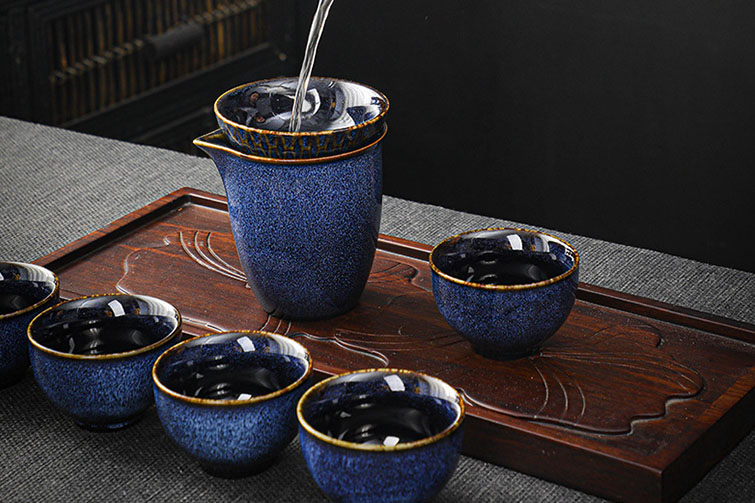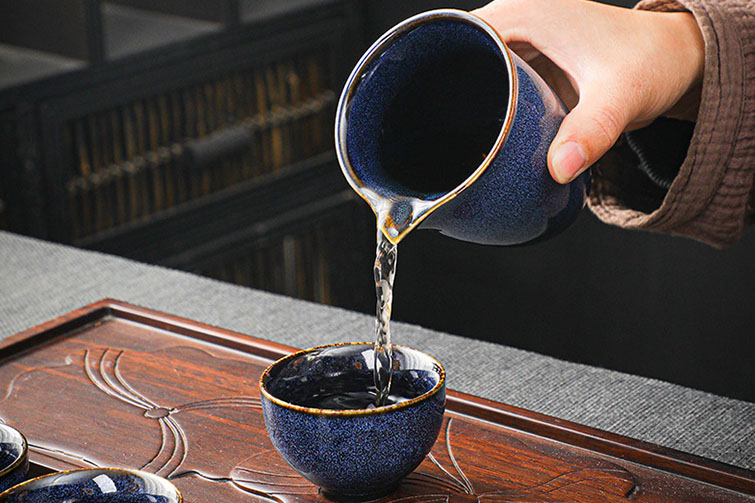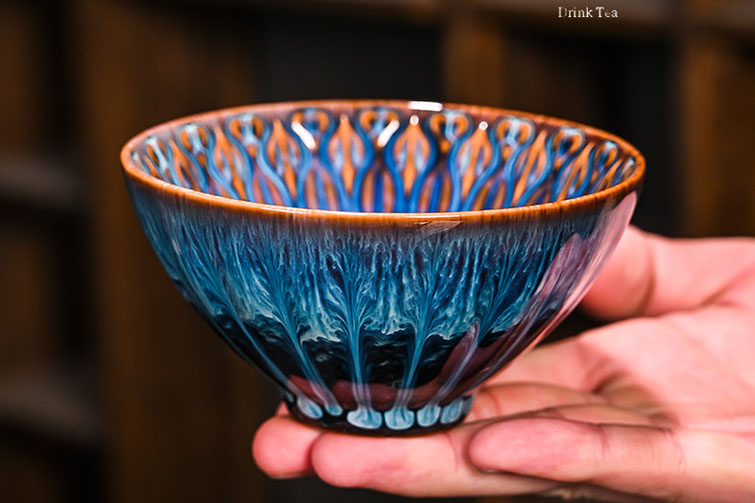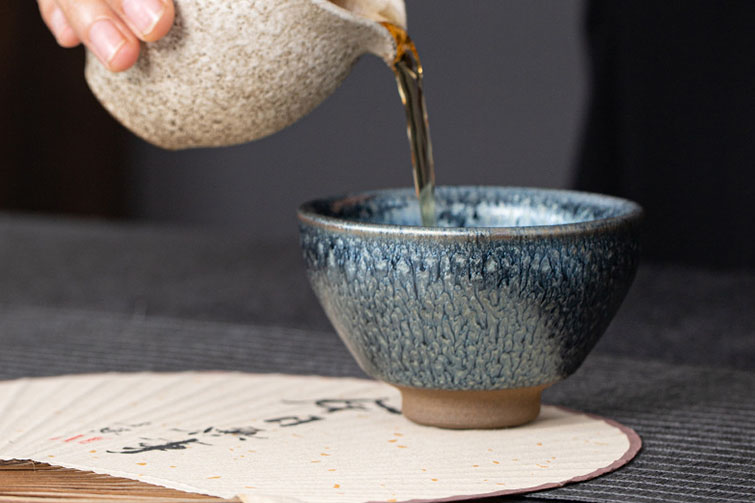Exploring China's Renowned Porcelain Production Centers
China has a rich history of porcelain production dating back thousands of years, with numerous regions renowned for their distinctive styles and craftsmanship. From the delicate celadon of Longquan to the vibrant blue-and-white of Jingdezhen, Chinese porcelain reflects the country's artistic and cultural heritage. Let's delve into some of the most famous porcelain production centers in China.

1. Jingdezhen: Located in Jiangxi Province, Jingdezhen is often referred to as the "Porcelain Capital" of China. With a history spanning over a millennium, Jingdezhen has been a center of porcelain production since the Song Dynasty (960-1279). The city is celebrated for its exquisite blue-and-white porcelain, characterized by intricate cobalt-blue designs painted on a white background. Jingdezhen's porcelain is known for its fine quality, delicate patterns, and remarkable craftsmanship, making it highly prized by collectors and connoisseurs worldwide.
2. Longquan: Situated in Zhejiang Province, Longquan is renowned for its celadon pottery, a type of green-glazed ceramic that originated during the Eastern Han Dynasty (25-220 AD). Longquan celadon is distinguished by its lustrous green glaze, which ranges from pale jade to deep olive hues. The pottery is often adorned with intricate carved designs or molded motifs inspired by nature, such as lotus flowers, fish, and dragons. Longquan celadon is prized for its elegant appearance, subtle color variations, and smooth, tactile texture.
3. Dehua: Located in Fujian Province, Dehua has been a center of porcelain production since the Song Dynasty. Dehua porcelain is renowned for its pure white color and translucent quality, earning it the nickname "Blanc de Chine" (White from China) in the West. The porcelain is typically crafted from a fine-grained kaolin clay known as "Dehua clay" and fired at high temperatures to achieve its distinctive milky-white appearance. Dehua porcelain is often used to create religious sculptures, figurines, and intricately carved vases, prized for its elegant simplicity and timeless beauty.

4. Yixing: In Jiangsu Province, Yixing is famed for its unique purple clay teapots, known as "Yixing teapots" or "Zisha teapots." Made from locally sourced purple clay, these teapots are prized for their porous nature, which absorbs the flavor and aroma of tea over time, enhancing the tea-drinking experience. Yixing teapots are revered for their craftsmanship, ergonomic design, and ability to brew tea to perfection. The clay's natural color variations, ranging from reddish-brown to deep purple, add to the charm and allure of these iconic teapots.
5. Foshan: Situated in Guangdong Province, Foshan is renowned for its exquisite ceramic artistry, particularly its colorful glazed pottery known as "Foshan ceramics." Foshan ceramics encompass a wide range of styles, including decorative vases, figurines, and architectural tiles adorned with vibrant glazes and intricate designs. The city's long history of ceramic production dates back to the Tang Dynasty (618-907 AD), and Foshan ceramics continue to be prized for their artistic merit and cultural significance.
In conclusion, China's porcelain production centers boast a rich diversity of styles, techniques, and traditions, reflecting the country's artistic legacy and cultural heritage. From the timeless elegance of Jingdezhen's blue-and-white porcelain to the rustic charm of Yixing's purple clay teapots, each region offers a unique glimpse into China's enduring legacy of ceramic artistry.


